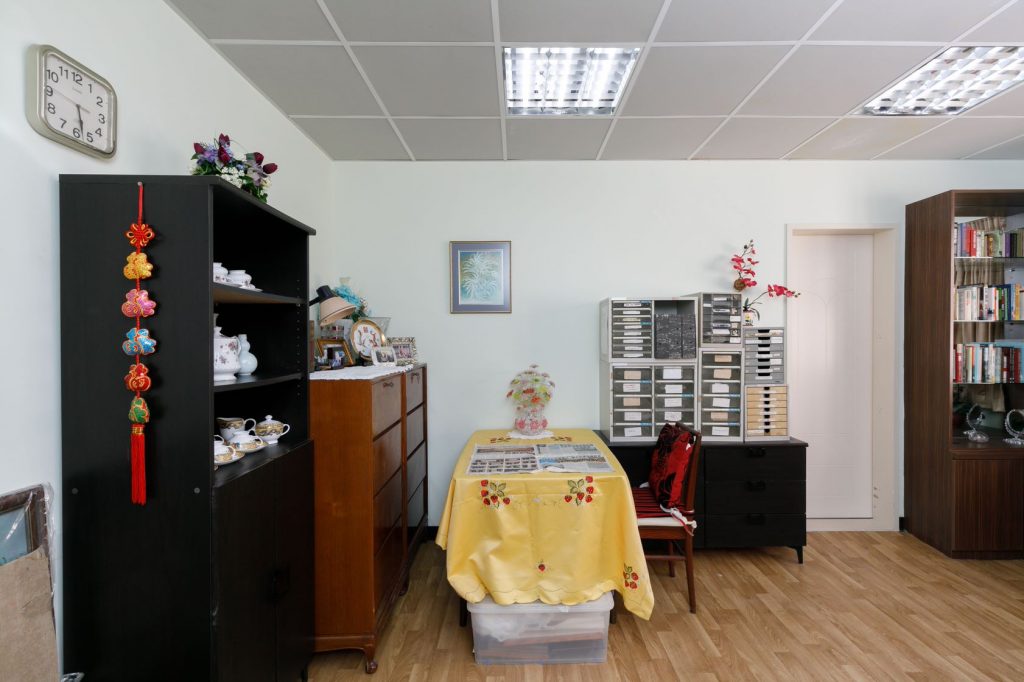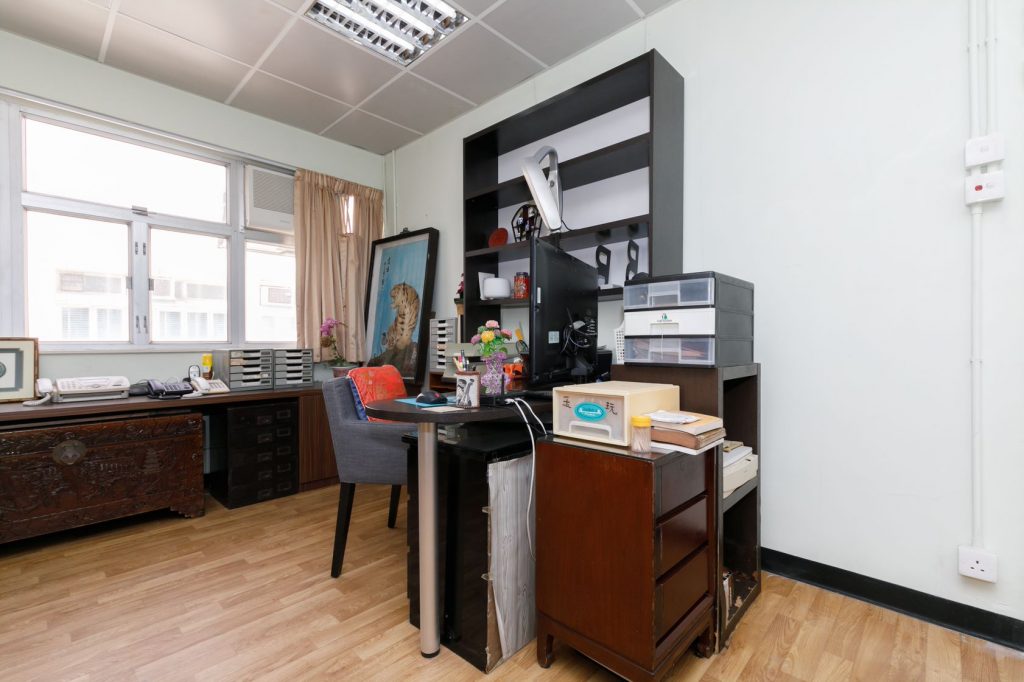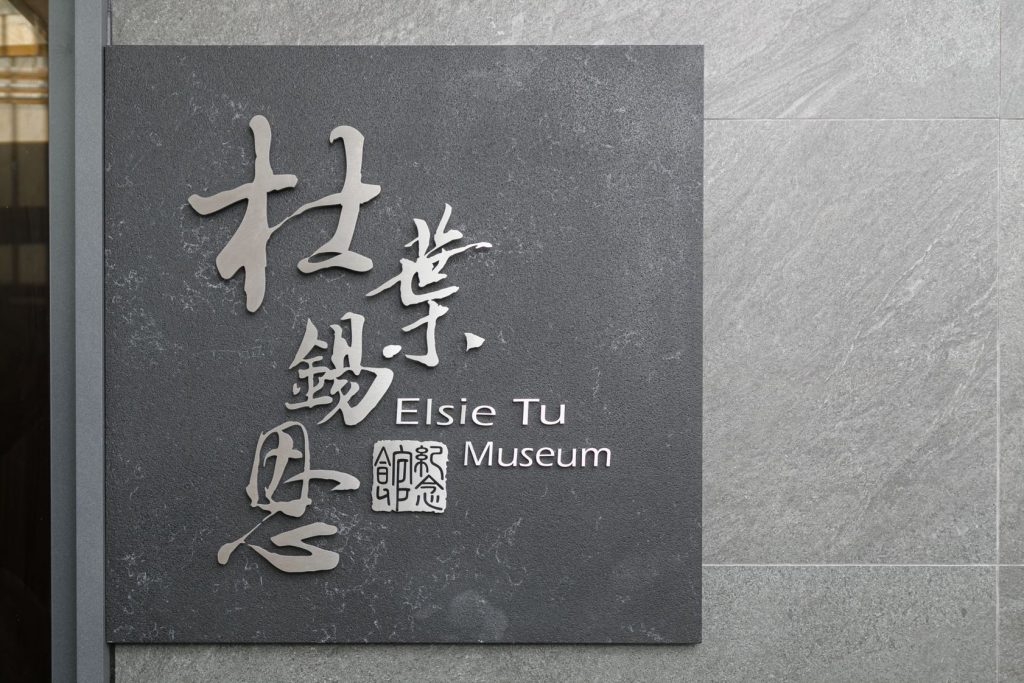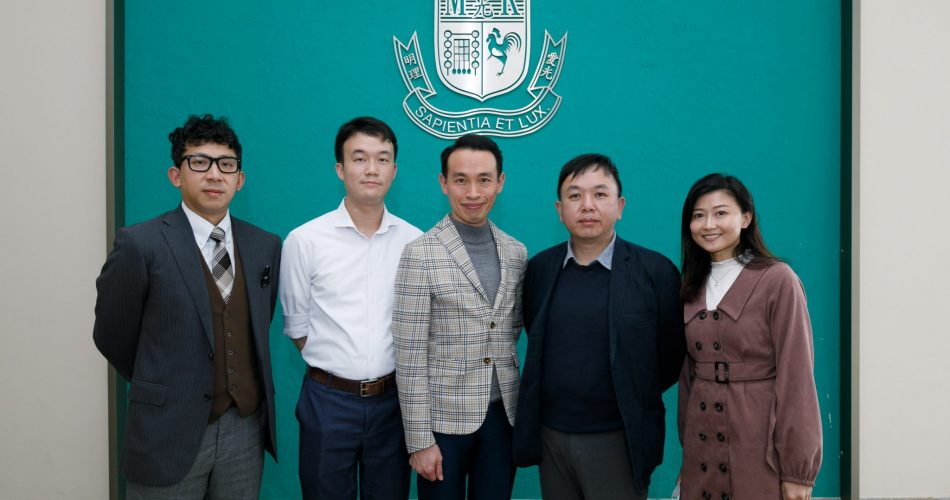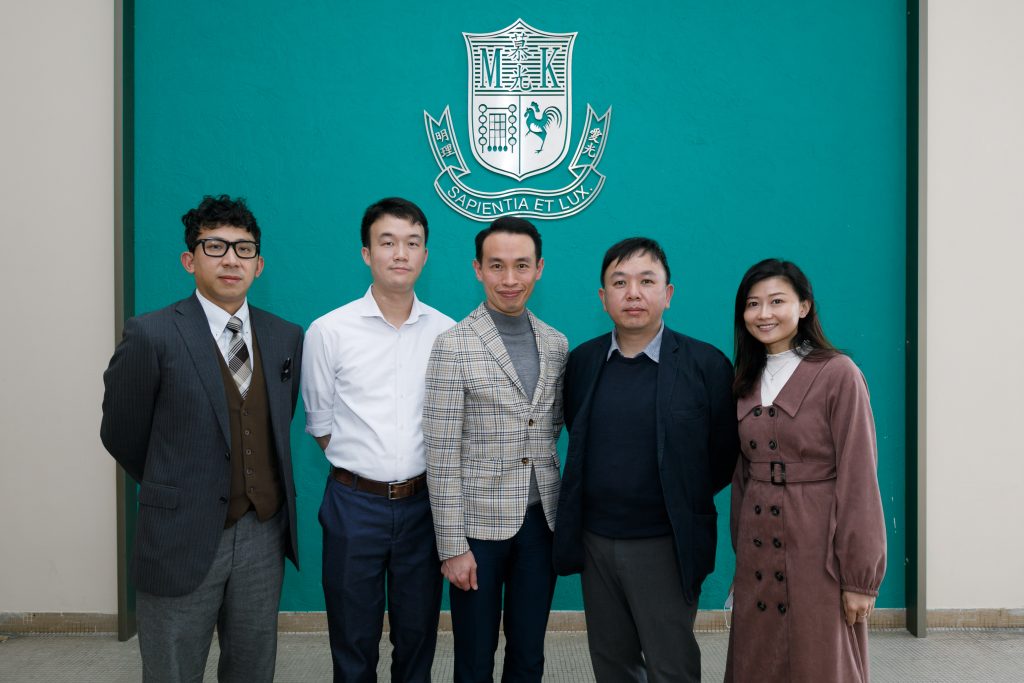
An experienced educator once told me that apart from evaluating a school based on its public exam results, he could easily identify a good school via first-hand observations: well-mannered and cheerful students, harmonious teacher-student relationship, democratic leadership among the teaching staff, a forward-looking school vision, student-oriented policies, close family-school alliance… Upholding the founders’ philosophy of equality in education and serving the public, Mu Kuang English School checks all the above-mentioned boxes and is blooming for a promising future.
An affordable DSS school that promises equality to all students
In 1991, the Hong Kong government launched the Direct Subsidy Scheme (DSS) to enhance the quality of private schools while providing students and parents more options outside the public and aided school system. Since DSS schools are free to charge school fees, some may misinterpret that they are for the middle and upper class only, and fail to realize DSS schools’ higher autonomy, which lies in the flexibility in making their own decisions in terms of curriculum, admission and manpower. As an affordable DSS school, Mu Kuang English School charges each student only HK$2,000 per year and offers financial aid to families in need. This arrangement complies with the founders’ vision. In 1954, the school founders Mrs. Elsie Tu, Mr. Andrew Tu and Mr. Chung Tai, saddened by the fact that many children from lower-class families were robbed of education, decided to build a school out of their own pocket to offer free schooling to the needy. Started with a humble campus made of makeshift canopies at Lo Fu Ngam, it was first named “Mu Kuang Secondary School” and later renamed as “Mu Kuang English School”. Mrs. Elsie Tu, the school supervisor, taught Music and English, while Mr. Andrew Tu taught Mandarin and Chinese. The school grew over the years, prevailed numerous challenges, and became a DSS school in 2013.
Assistant Principal Joe Cheung told us about the teaching objectives of Mu Kuang English School saying, “Our school has a tradition of serving the public, regardless of class or religion. Our goal is to help students find enjoyment in learning, discover their future and build an international vision.”
Mandatory Japanese or Korean lessons to better equip students
Forming sister schools has become a popular trend in the education sector. It allows effective communication and cultural exchange for students from different regions and backgrounds. Mu Kuang English School’s network of sister schools spans across Mainland China, Taiwan, South Korea and Japan. Principal C.Y. Leung said, “For the past two years, we have been actively expanding our network of sister schools in East Asia as these neighbouring countries and cities have become popular for travelling, schooling and even job hunting for the youth. Rapid global development has led to economic integration that improves our quality of life and broadens our students’ career options. We have been organizing more exchange tours, once topping more than 10 in a year, to provide students with the opportunities to see the world. Each tour is one week long, during which students would attend classes at the sister school and stay with a local host family to fully immerse themselves into the local culture while broadening their international network. To further our effort in better equipping our students, we will kick off our mandatory third-language training in the coming school year. All Form One students must choose Japanese or Korean as their third language, and we will also provide them with the opportunities to visit Japan or South Korea to put their newly acquired skill into practice.”
Assistant Principal Samuel Kam explained how the idea was initiated in the first place saying, “One and a half years ago, our school organized an exchange tour to Gunma, Japan. One of our students gave a stunning 20-minute speech in fluent Japanese that impressed even the local Japanese teachers and students. I found out from him later that he had been self-learning Japanese at home through online videos and dramas. It proves that students can excel tremendously in subjects that they are passionate about. As Japanese and South Korean cultures are popular among the young generation, we decided to include Japanese and Korean language training in our regular curriculum. A team of professional language teachers has been hired to ensure the quality of teaching and learning, while our own team will monitor the progress and quality. Students in Form One to Three will be given assessments and tests, while those in Form Four and above will be recommended to take professional examinations according to their standards.”
Principal C.Y. Leung then added, “A third language can boost our students’ competitiveness and give them more options in life planning. They can choose to continue their studies at prestigious universities overseas like the University of Tokyo and Kyoto University, where proficiency in Japanese is a prerequisite. The Ministry of Education, Culture, Sports, Science and Technology of Japan offers scholarships to overseas students every year, yet, only a few Hongkongers are eligible as candidates must pass the N2 level of the Japanese Language Proficiency Test, equivalent to speaking and reading Japanese fluently. Many students in our school come from underprivileged families, and cannot afford foreign language training. Providing them with the opportunity to learn a foreign language at school since Form One can help them develop an interest and excel in it. Most people learn about the Japanese and South Korean cultures through the media rather than first-hand interpersonal experience. By mastering the languages and visiting the places through educational exchange tours, our students can become ambassadors of these cultures, hence improving bonds among Asian nations while strengthening themselves for more options in future planning. Unlike aided schools, we, as a DSS school, has more room to explore new opportunities. We must make good use of the freedom and flexibility granted by the DSS system to enhance students’ competitiveness, which I consider as an important responsibility of the school in addition to nurturing good character.”
The Amazon Biology Classroom enhances students’ STEM learning
Famous for its eye-opening Amazon Biology Classroom, Mu Kuang English School has set a new benchmark for STEM learning in Hong Kong. STEM Education Officer Ryan Au said, “It is not uncommon for teachers to bring amazing things to school, for instance, one brought a mimosa plant and another brought a piranha. Both are difficult to grow but somehow thrived on our school campus. After thorough investigation, we discovered that the water supply of our school is of high quality, which is perfect for high-maintenance plants. Later, we brought in a chameleon. Like those rare plants, it is also a high-maintenance species, but it has happily celebrated its third birthday with us not long ago. We have set up the Amazon Biology Classroom to increase students’ engagement through hands-on experience. Science can be fun, but not when it is taught by rote learning. Therefore, our science team insists on introducing different teaching elements on top of experiments and classroom learning to support students’ learning and arouse their interests. Animals inspire the motivation to learn. The Amazon Biology Classroom is now home to 20 rare animals, which are cared for by more than 20 students in rotation. The science curriculum is also enhanced with augmented reality (AR) and virtual reality (VR) technologies, and students are encouraged to conduct in-depth research and explore topics related to conservation of Nature through sight, hearing and interactions.”

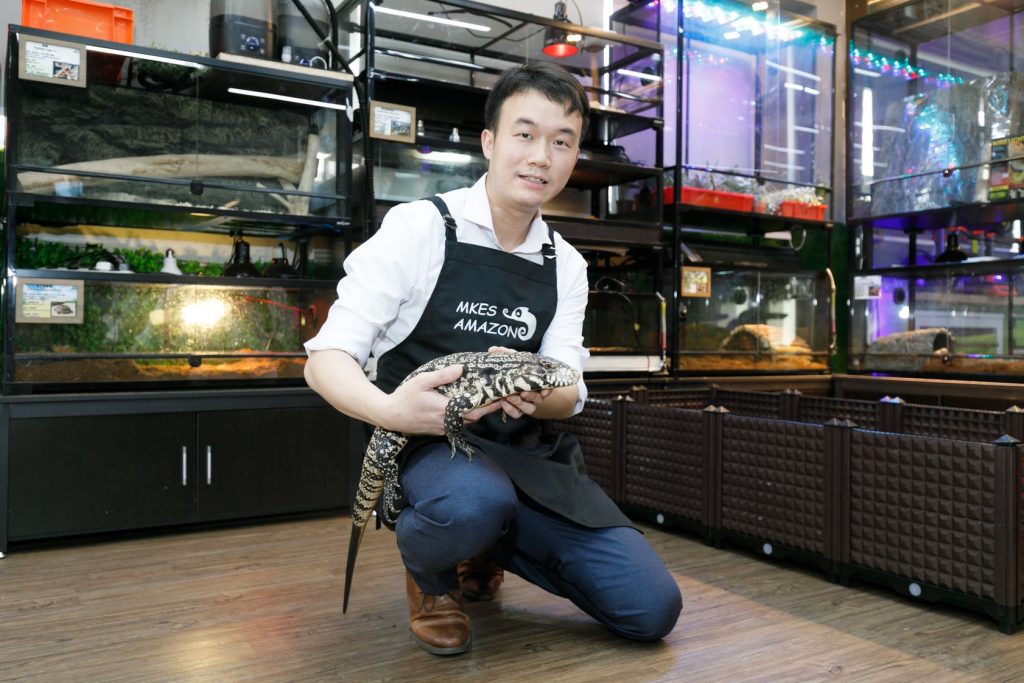
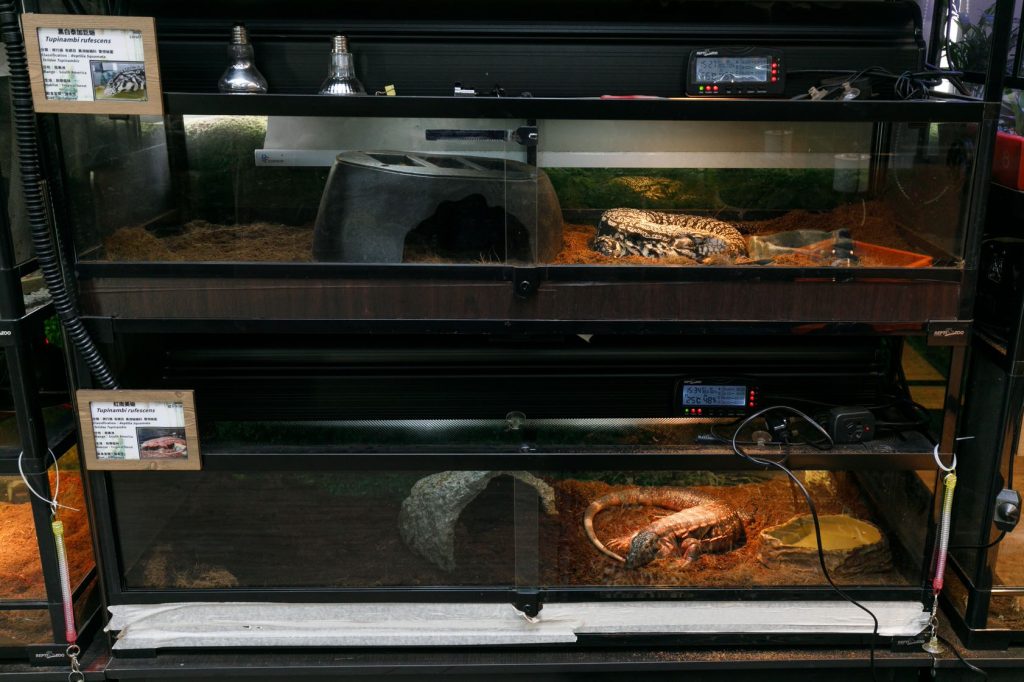
Democratic teacher-student and family-school alliances
Another characteristic of Mu Kuang English School is its intimate teacher-student relationships and strong family-school alliance. Principal C.Y. Leung said, “A good atmosphere helps students to learn happily and find their sense of belonging on campus. At the same time, we cultivate them to become confident global citizens with broad horizons. Our purpose is to construct an inclusive space between teachers and students. We are very democratic. Before making changes to our services or building facilities, we will first communicate with students and parents and listen to their opinions and suggestions. We build this big family together. For example, we ask students to fill in a questionnaire every year to understand their thoughts on the school curriculum, and make changes according to the students’ interests. Our portfolio of classes keeps changing without neglecting the quality of existing classes nor are students coerced to take them.”
Gathering students’ opinions is done in various ways, one being the “Huashan Lunjian”. Principal C.Y. Leung explained, “It is not a Kungfu contest, but a Q&A session for me, organized by the cabinet of the Student Union. Before, only the seniors cared about the Student Union election as candidates are from higher forms. Now, even junior students would participate enthusiastically in these discussions. Many students would also come forward and ask to speak to the principal, assistant principal or subject heads directly, sometimes over a casual lunch. Students are much aware that the teaching team is willing to listen as long as their opinions are constructive. We are ready to communicate sincerely with no strings attached.”
The school’s special teaching method can only be effectively implemented with parental support. Ms K.C. Ling, Head of PTA, said, “There is rarely any resistance from parents! Our school is willing to communicate with parents, and they are happy to keep in touch with teachers and the school. The family-school alliance that we promote here is not just done by the Parent-Teacher Association, but every colleague here. We all work together. The homeroom teachers, teachers and subject heads all maintain close communication with parents which assure them that they can leave their children with us worry-free.”
After the interview, I was taken on a school tour with a promise of a surprise as grand finale. After taking the elevator to the top, a plaque that wrote “Elsie Tu Museum” caught my eye. The former residence of Mrs. Elsie Tu has been transformed to an exhibition hall dedicated to one of Hong Kong’s best-loved heroines who had devoted her life to serving Hong Kong and fighting for the rights of the less privileged. I was particularly touched to see that the original furnishings of her former living room and office have been retained. The late Mr. and Mrs. Tu had lived on the top floor of the school to stay close to their beloved teachers and students on a daily basis. Till now, their passion and vision have never ceased to guide their successors to move forward. ~Helena Hui
